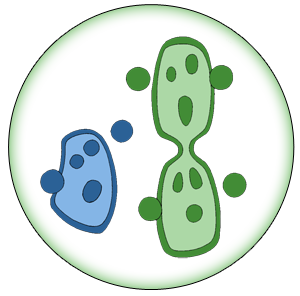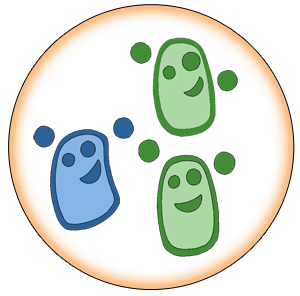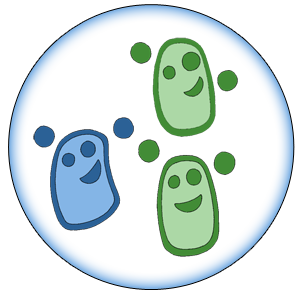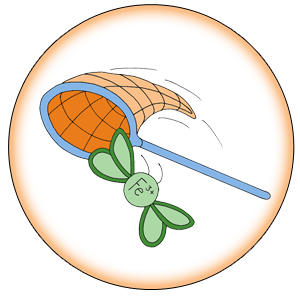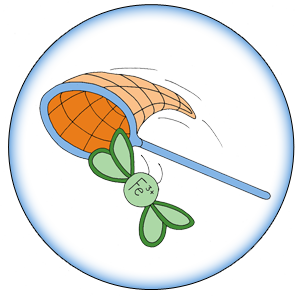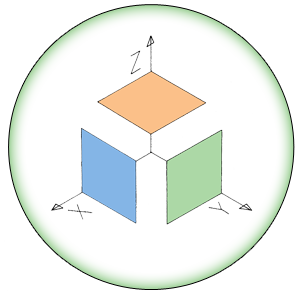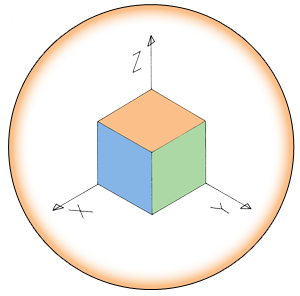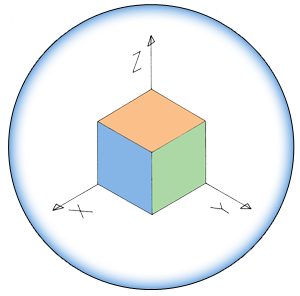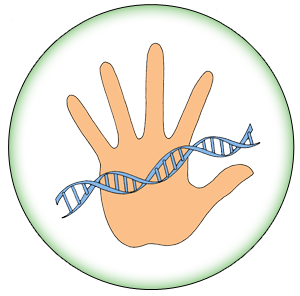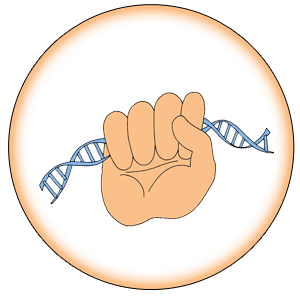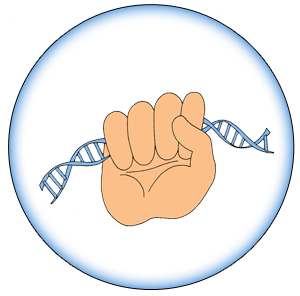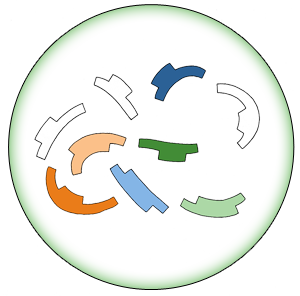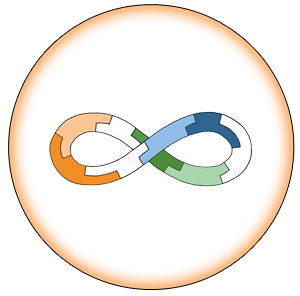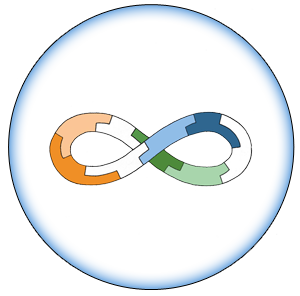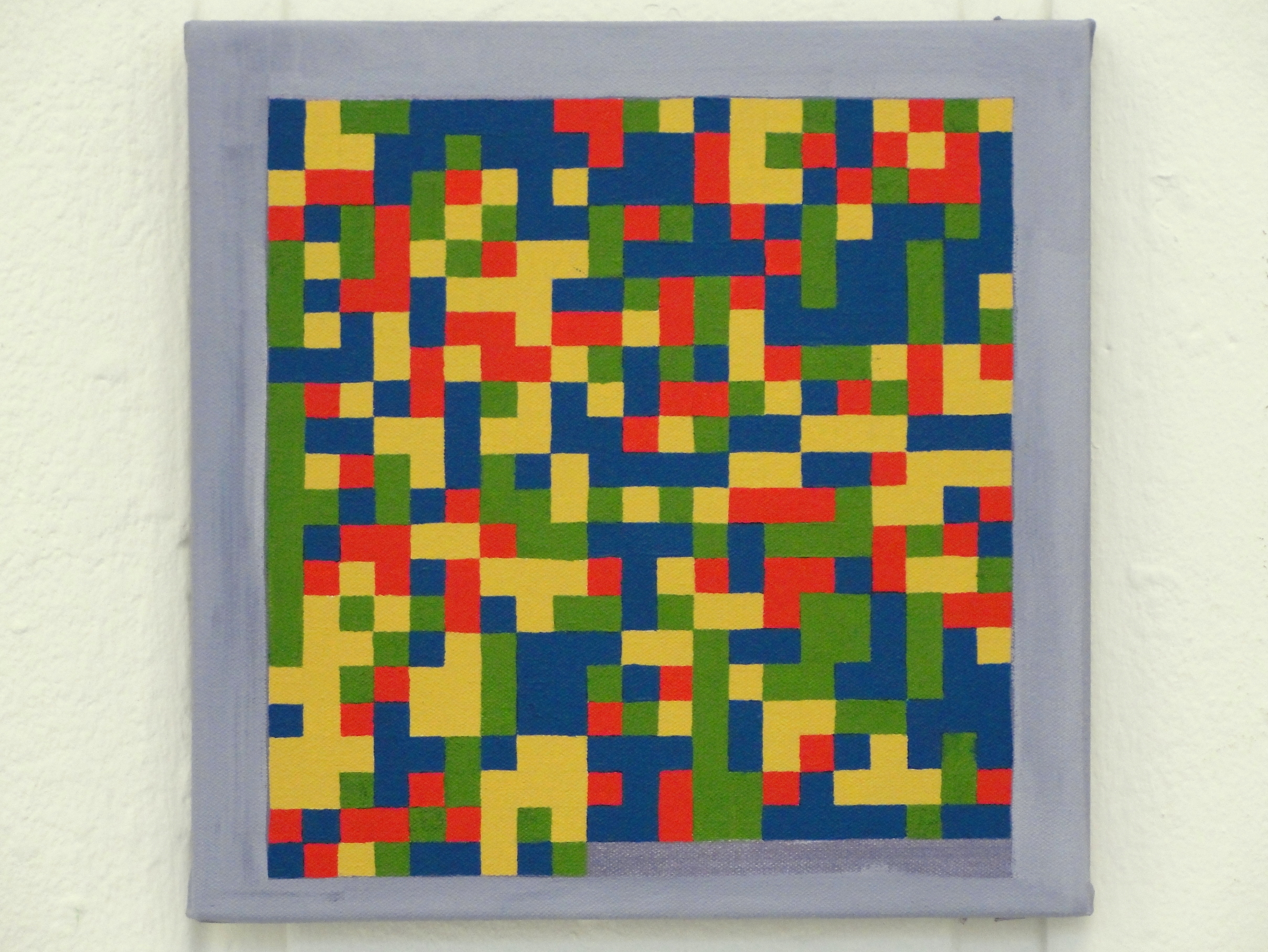Team:Edinburgh/Human Practices/Arts
From 2013.igem.org
| Line 4: | Line 4: | ||
<div class='content'> | <div class='content'> | ||
| - | [[File:Gavin.jpg|500px] | + | [[File:Gavin.jpg|500px]] |
This painting is a visualisation of a section of the DNA sequence with which we were working, which codes for binding iron ions. I was interested in using what I had learned about the formulaic process of working in a laboratory environment to create an abstract painting. As such, I used the inherent simplicity and elegance of the DNA sequence to create a set of rules which dictated how the image was constructed. The sequence can be read from top left to bottom right, with each colour representing one of the four chemical bases. Without the foreknowledge of the subject matter it can also be read as a purely random pattern. In this way, the painting is an attempt to reconcile the working practices of the scientist's laboratory with that of the artist's studio. | This painting is a visualisation of a section of the DNA sequence with which we were working, which codes for binding iron ions. I was interested in using what I had learned about the formulaic process of working in a laboratory environment to create an abstract painting. As such, I used the inherent simplicity and elegance of the DNA sequence to create a set of rules which dictated how the image was constructed. The sequence can be read from top left to bottom right, with each colour representing one of the four chemical bases. Without the foreknowledge of the subject matter it can also be read as a purely random pattern. In this way, the painting is an attempt to reconcile the working practices of the scientist's laboratory with that of the artist's studio. | ||
Revision as of 19:12, 4 October 2013
This painting is a visualisation of a section of the DNA sequence with which we were working, which codes for binding iron ions. I was interested in using what I had learned about the formulaic process of working in a laboratory environment to create an abstract painting. As such, I used the inherent simplicity and elegance of the DNA sequence to create a set of rules which dictated how the image was constructed. The sequence can be read from top left to bottom right, with each colour representing one of the four chemical bases. Without the foreknowledge of the subject matter it can also be read as a purely random pattern. In this way, the painting is an attempt to reconcile the working practices of the scientist's laboratory with that of the artist's studio.

| 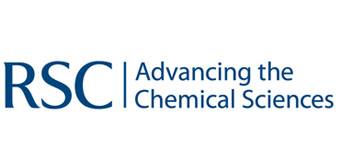
| | | | 
|
| This iGEM team has been funded by the MSD Scottish Life Sciences Fund. The opinions expressed by this iGEM team are those of the team members and do not necessarily represent those of MSD | |||||
 "
"




